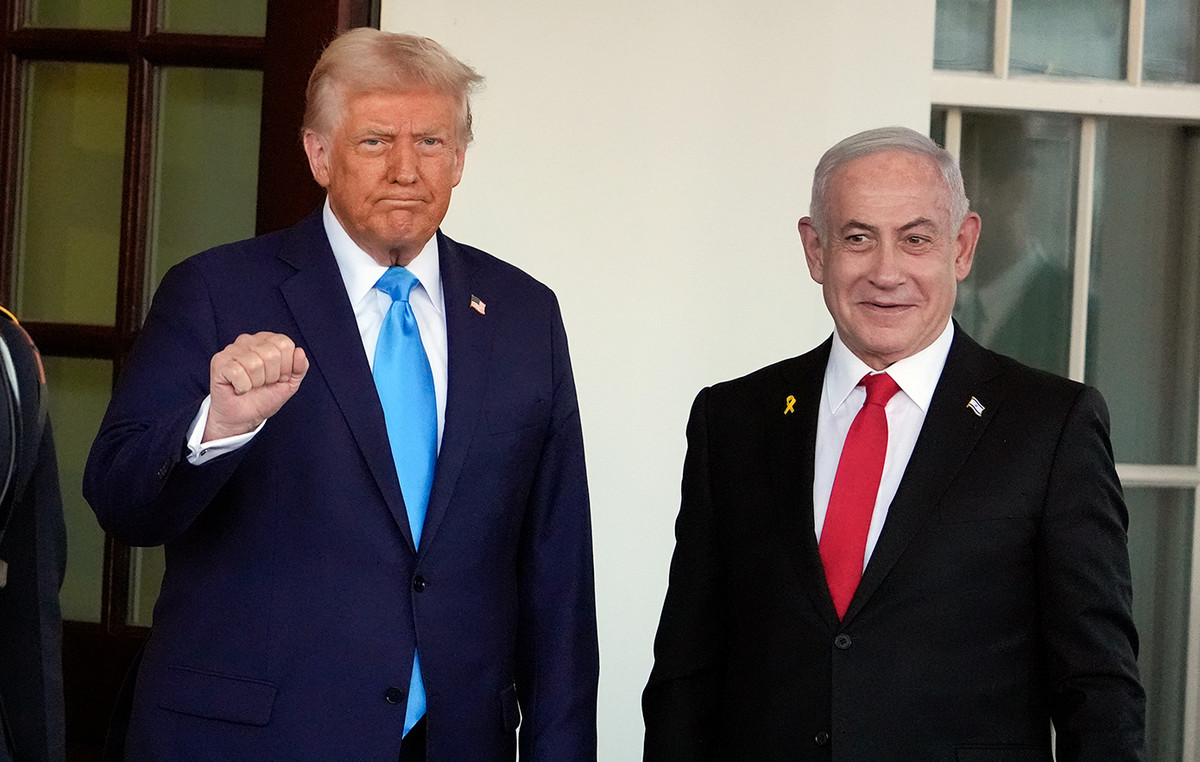THE monkey pox (Monkeypox) was first discovered in a monkey in 1958, which led to the origin of the name. However, the first human infection was discovered in 1970 in a small child in the Democratic Republic of Congo, on the African continent.
The Monkeypox virus causes an illness with symptoms similar to common smallpox, but less severe. Although smallpox was eradicated in 1980, monkeypox continues to occur in Central and West African countries.
Since the 1970s, an increasing number of cases have been recognized, particularly in the last 5 to 10 years. The disease has been endemic in parts of Africa, where most cases, including deaths, have been recorded for decades. However, since May, cases have been reported in other countries that do not normally have the disease.
According to a survey carried out by CNN, updated this Tuesday (12), at least 55 countries have confirmed cases of the disease (see the map ).
Clarify the main doubts about the disease, such as the main symptoms, impacts on the body, vaccine effectiveness and ways to prevent the transmission of the virus.
What are the health effects and how is it treated?
The disease is caused by a virus that belongs to the orthopoxvirus genus of the Poxviridae family. There are two groups of monkeypox virus: those from West Africa and those from the Congo Basin (Central Africa).
Human infections with the West African type of virus appear to cause less severe illness compared to the Congo Basin viral group, with a fatality rate of 3.6% compared to 10% for the Congo Basin viral group.
“The most important thing about monkeypox is that it causes a rash that can be uncomfortable, can be itchy and can be painful. So the most important thing about taking care of someone with this condition is basically taking care of their skin and taking care of any symptoms that someone might have, like pain or itching.”
You symptoms include blisters on the face, hands, feet, eyes, mouth or genitals, fever, swollen lymph nodes, headaches and muscle aches, and lack of energy.
smallpox vaccine
The WHO recommended, on June 14, the smallpox vaccination for priority groups including at-risk healthcare workers, laboratory staff working with orthopoxvirus, clinical testing specialists who perform diagnosis for the disease, and others who may be at risk according to national public health authorities.
“It is important to know that research over many years has also yielded some vaccines and treatments for monkeypox. These are new products and not yet widely available. However, the vaccine is recommended for people who have been in contact with someone who has smallpox,” says Rosamund.
Regarding treatment, the specialist says that most people do not need the new products. “Most people do not have a severe case of smallpox and can be treated conservatively with regular care when needed. It may be possible to access the new treatments for some very selected patients who may need them,” she said.

Who is at risk and why is the WHO expressing concern at this time?
O Monkeypox virus is transmitted from person to person by close contact with injuries, body fluids, respiratory droplets and contaminated materials such as bedding. The incubation period is usually 6 to 13 days, but can range from 5 to 21 days.
“Monkey smallpox is spread by proximity, face-to-face, skin-to-skin, direct contact. That’s how it’s always been described. There may be some new things happening in this outbreak right now. We don’t know everything. There is still a lot to learn,” said the WHO researcher.
The WHO warns that some of these cases are being identified in gay, bisexual and other men who have sex with men. The disease can be spread by skin contact during sex, including kissing, touching, oral sex, and penetration with someone who has symptoms.
“Right now, the most exposed people appear to be men who have sex with men. So it’s very important that all of us together make sure the messages get to the people who need to have them now. These are the people who could be at risk right now. And right now, those people are men who have sex with men or other people who might be in contact with them, including family members,” says Rosamund.
The WHO regional director for Europe, Hans Henri P. Kluge, highlights that the virus can affect anyone, regardless of sexual orientation or practice. In a statement, the WHO also stated that “stigmatizing people because of a disease is never good. Anyone can contract or transmit monkeypox, regardless of their sexuality.”
“While we are talking about who is most at risk, of course it is really important not to generate stigma against population groups that are at risk. This includes men who have sex with men. It can also include people traveling from different countries who may be carrying the virus without knowing it. It is very important that we avoid stigma,” said Rosamund.
The specialist also warned of the importance of using personal protective equipment by health professionals who may come into contact with potential patients with the disease.
“As this virus spreads through close contact and person-to-person contact, it means that in the healthcare environment, a healthcare professional who does not know what they are dealing with and may not have the proper personal protective equipment could inadvertently be exposed. “, it says.
“So we also want to make sure that healthcare professionals get the message that if they are seeing someone who may have a previously undiagnosed or undiagnosed rash, it is extremely important to be aware that this virus is recently spreading in different population groups and ensure that all basic precautions are taken to protect yourself with personal protective equipment”, he adds.
The specialist also recommends preventive measures to family members of people diagnosed with monkeypox.
“If there is someone who has monkeypox, those who live in a family environment may also want to see that other family members are not immediately at risk,” he said.
(With information from Reuters)
Source: CNN Brasil







